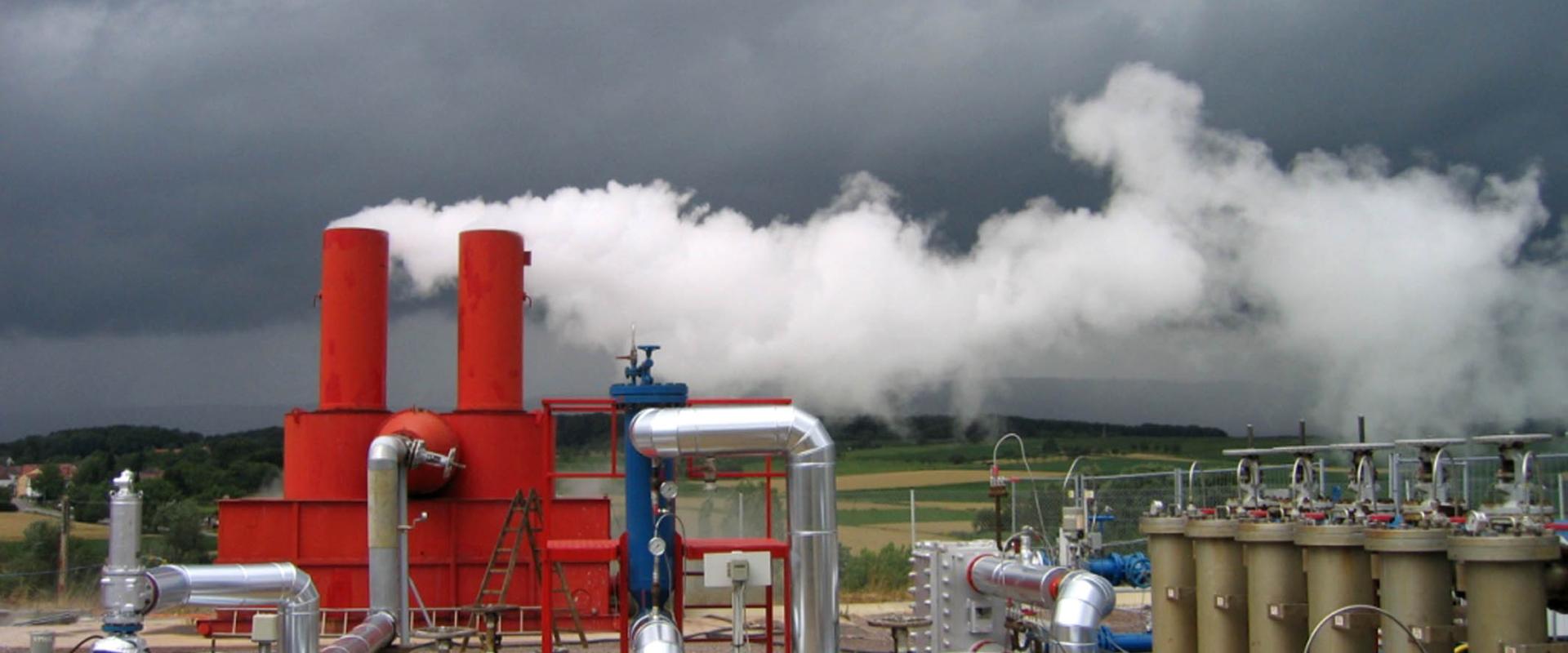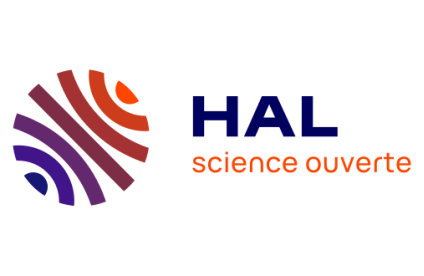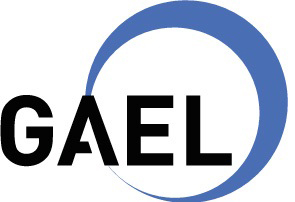Actualités
Challenges
The lifestyles of developed societies are primarily based on the consumption of non-renewable energy and resources. In order to combat climate change and halt the collapse of biodiversity, the metabolism of the global economy (the way in which human societies extract, transform and use natural resources) requires profound changes. The balance between the need for subsoil resources, their availability, and the impacts of their exploitation must be analyzed in long-term scenarios.
Furthermore, society is represented by different categories of stakeholders (political decision-makers, citizens, experts, institutions, industrialists, etc.) who defend different stakes: for example, ensuring economic profitability for some, minimizing environmental impacts for others. These stakeholders will not necessarily favor the same scenarios to satisfy their respective objectives. What's more, each stakeholder has only a partial picture of how the need for subsoil resources is determined. To help stakeholders build their arguments, it would be useful to have a tool which, when estimating subsoil requirements, would describe as far as possible the complexity of the whole system, and not just the subsoil.
Objectives
In this context, the DyMod project aims to:
- Develop dynamic models of future demand and supply of subsoil resources for French needs up to 2050, according to different national development scenarios;
- Make the link between national development scenarios and their regional variations (potential resources, infrastructures) and place them in a European and global context;
- Integrate environmental impacts and feedbacks, taking into account certain socio-economic indicators;
- Simulate changes, including technological and social breakthroughs, or crises;
- Make the model accessible to non-specialists and put it into practice, by adapting it in the form of serious games;
- Make the model accessible to researchers for ongoing, collaborative enrichment.
The DyMod project also aims to develop integrated assessments and provide a documented analytical framework for the complexity of couplings and interactions. The modeling tools will be used for multiple purposes, in particular to better understand socio-economic metabolism and reduce the socio-environmental impacts associated with the use of subsoil resources.
To serve as a basis for debate between stakeholders, the model must be comprehensible to all. To this end, it will be developed in the form of “serious games”.
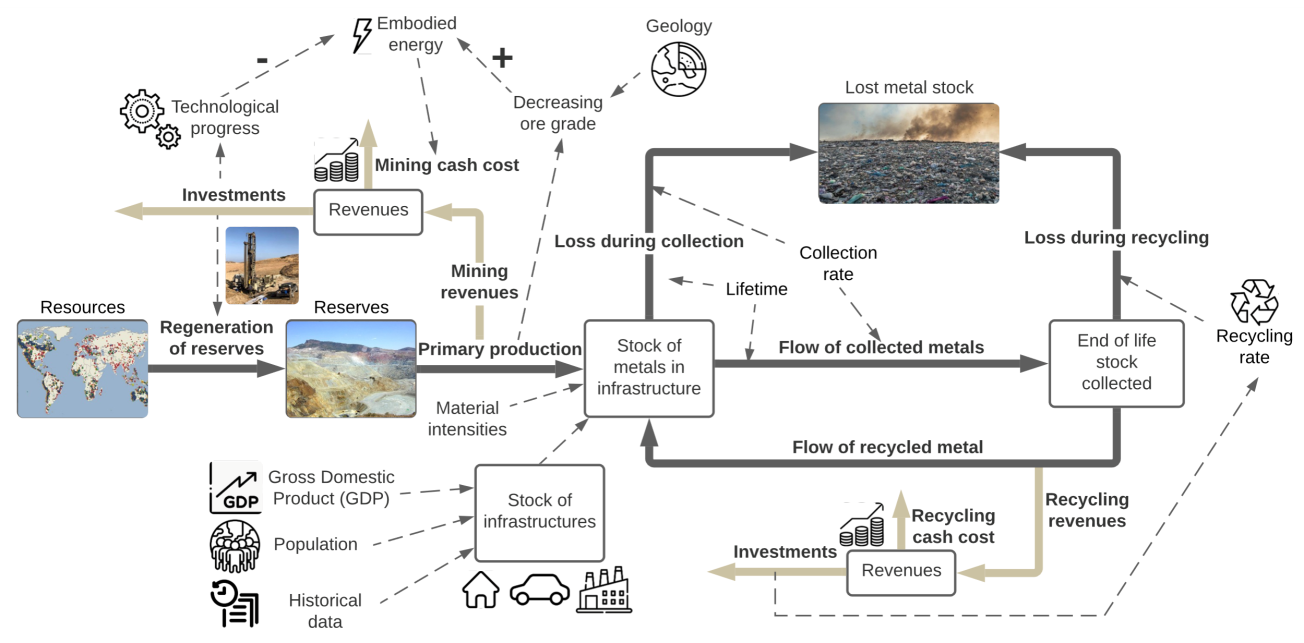
Expected results
Debating the future of energy, the economy, society and the environment requires a combination of different approaches and today's strategic choices, which will impact us over the long term. The main outcome of the project will be to provide a reference modeling tool, usable by all, to shed light on these choices by integrating all the complexity of the interactions between technology, the economy, society and the environment.
All modelling is a simplified view of reality, and may contain erroneous representations linked to assumptions, but also to chosen or forgotten couplings, and to data. Each model for each scenario will be accompanied by at least one analysis, so that the user understands the uncertainties associated with the results. The understanding of couplings and the long-term projection of decisions will be explained by post-execution analysis and debriefing of interactive models.
Co-managers
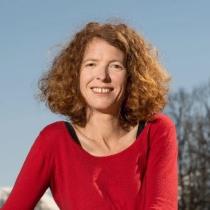

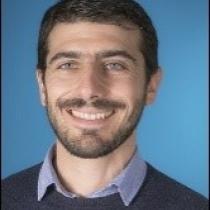
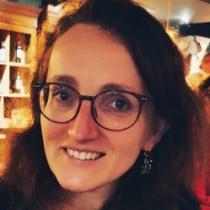
Sandrine Mathy, CNRS Research Director in Environmental Economics at the Grenoble Laboratoire d’Economie Appliquée (Laboratory of Applied Economics) and co-coordinator of the project. She works mainly on climate policies and their co-benefits, with approaches ranging from the local to the national and international. As part of her work on energy forecasting, she will be contributing to the DyMod project on the coupling of the MATER and POLES models and the integration of environmental impacts into this modeling tool.
Andriamasinoro Fenintsoa, modeling expert at BRGM and co-coordinator of the project. He will be co-supervising doctoral and post-doctoral students on the modeling of raw material supply as part of the project.
Louis Marie Malbec, economics Engineer at IFPEN, works mainly on prospective studies of energy systems, with a particular focus on hydrogen and critical metal requirements. He is co-leader of work packages 1.1 and 1.3 of the project.
Catherine Rolland, PhD and engineer by training, with an MBA in Video Game Management, has specialized for 15 years in the educational and therapeutic applications of video games. She is responsible for work package 3.3.
Olivier Vidal, CNRS Research Director, Isterre, Grenoble, co-director of Subsurface, a common good program and member of the DyMod project.



